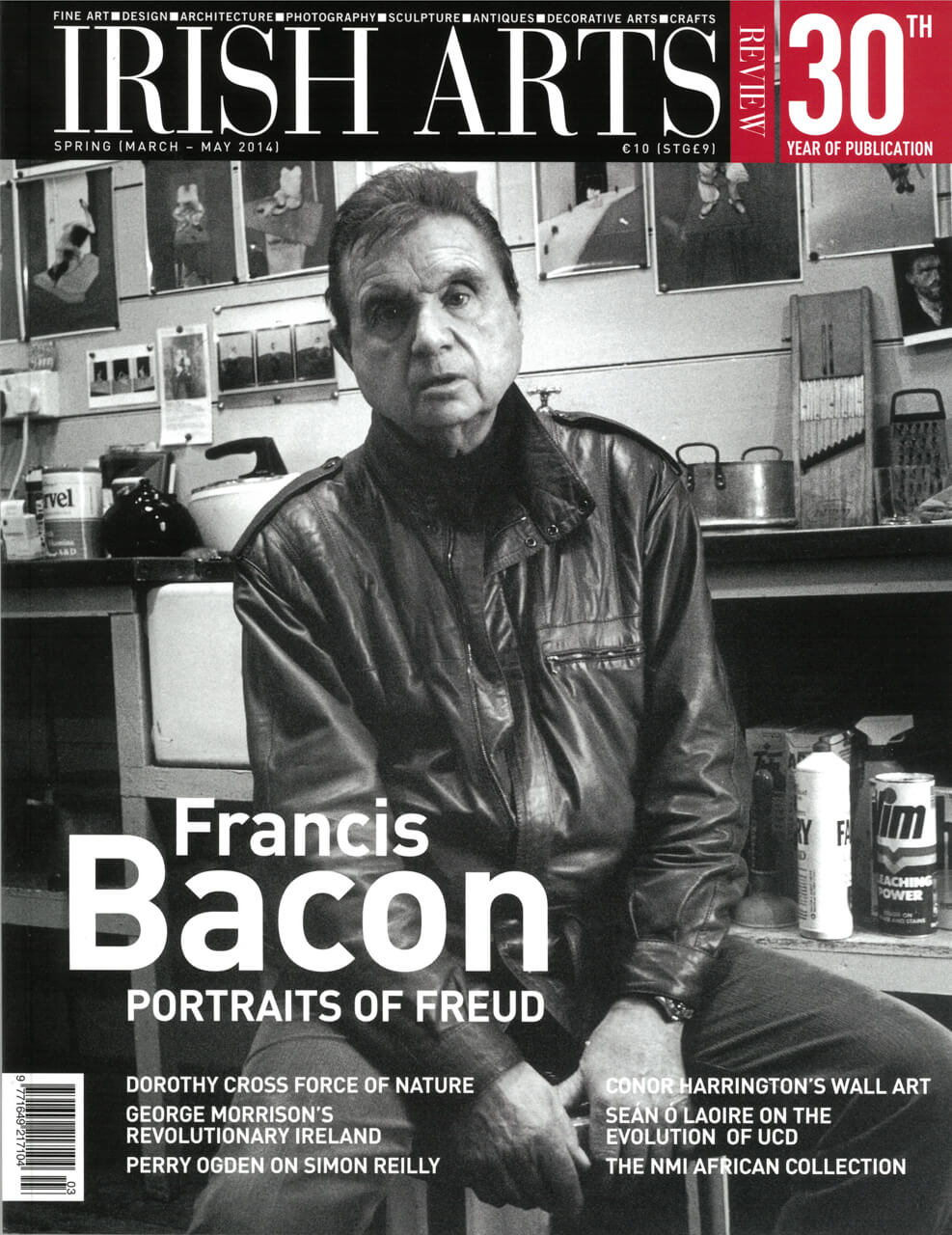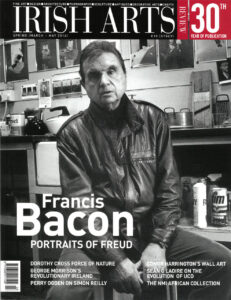

The Irish alphabet comes into focus at the inaugural exhibition of the ISBA in the National Botanic Gardens, Dublin, writes Alexandra Caccomo
The recently formed Irish Society of Botanical Artists ISBA will hold their inaugural exhibition in the National Botanic Gardens, Glasnevin in May. The Society was established in response to the revival in popularity that botanical art has experienced in recent times. The group’s mission is ‘to facilitate interaction amongst botanical artists in Ireland, and to foster and inspire their creative development.’ That is just what they have done in unifying the Irish alphabet with native Irish plants in the group exhibition entitled ‘The Irish Alphabet in Botanical Art – Aibítir √âireannach i Ealaíon Luibheolaíoch’.
The rich collection of botanical art in the Library of the National Botanic Gardens, Glasnevin, is often consulted by artists and botanists alike. In recent years, there has been an increase in the number of botanical artists wishing to use the Library and consult the collection. In response to this interest, an invitation went out to these artists to come to the Library in June 2012 for a short tour and to bring some examples of their work. The first meeting was a great success. The participants on that day were inspired by meeting each other. From this stemmed a commitment to form a society.
As a consequence, there were many get-togethers and it was decided that a project in conjunction with the National Botanic Gardens would cement the group and provide a suitable focus for the skill and talent of the members. The concept of the project was to illustrate all eighteen letters of the Irish alphabet using native Irish plants. Each participating artist was assigned a plant and it was their task to marry the plant species with the capital letters of their names in Irish. Tim O’Neill, well-known calligrapher, created a unique font for the project. The artists were assigned a native Irish plant to paint and given a corresponding template of their letter. They had a full growing season to allow them to access live plant material. Artists were encouraged to work in their own style and technique, with the unity in the body of works coming from the letter design and prescribed size. Over sixty artists participated, each producing distinctive, creative and unique responses to the brief. All the works are on paper but watercolour, pencil and pen and ink have been used in a variety of ways. Artists from the thirty-two counties of Ireland took part, along with Irish artists living in Britain, France, Austria and Italy, Newfoundland and the American state of Oregon.
This unified collection of paintings is a celebration of the Irish language, native Irish plants and botanical art
There has been much work done to realize this first group show, and no small part of the success of the project is due to the botanical expertize of Brendan Sayers, orchid specialist in the National Botanic Gardens and Susan Sex, renowned botanical artist. They provided botanical and artistic guidance on the project. Following adjudication, it is hoped that there will be three complete eighteen-letter Irish alphabets exhibited in Glasnevin and at venues in Belfast and Derry in 2014.
One of the most interesting aspects of the exhibition and one which is only apparent when viewing all the works together, is the variety of style and composition. All artists were given an outline of a letter on paper and a plant to paint, yet there is a range of responses to this open invitation. This is evident in Yanny Petters’ use of graphite which gives subtlety and texture to the background of her painting of Briosclán ‘Silverweed’ (Fig 4) and also in Betty Christie’s graphically striking painting of Eithreog ‘Dewberry’ (Fig 1).
Historically, botanical artists often show different aspects of both flowers and leaves growing at various times of the year, this approach can be seen in Siobhan Larkin’s painting of Trom ‘Elder’ (Fig 3). Magnifications also aid in plant identification and both Susan Sex and Belinda Northcote have incorporated this into their paintings (Figs 2&5). The range of styles and responses to these technical challenges are what makes this exhibition so visually rich. The other joy is in seeing how the artists have risen to the challenge with each extending the range of their potential in this exacting field.
This unified collection of paintings is a celebration of the Irish language, native Irish plants and botanical art. Irish botanical artists are fortunate to have an extraordinarily rich heritage of botanical art to draw upon, including artists such as, Lydia Shackleton, Lady Charlotte Wheeler Cuffe and Raymond Piper and it can be seen from this exhibition that botanical artists working in Ireland today are maintaining these standards of excellence.
‘The Irish Alphabet in Botanical Art – Aibítir √âireannach i Ealaíon Luibheolaíoch’ The National Botanic Gardens 1-25 May; 1-25 May 2014.
‘The Playhouse, Derry 11-24 August 2014
‘The Waterfront, Belfast 2- 25 September 2014.
Further reading: See Angela Griffith ‘Natural selection’,
IAR vol 30 no 4 (2013) p92;
Patricia Butler ‘Designers of Distinction – William Kilburn (1745-1818) and Samuel Dixon (fl. 1745- 1769)’,
Irish Arts Review Yearbook, 1991, p153 – 163.
Alexandra Caccamo is Librarian in the National Botanic Gardens, Glasnevin.



